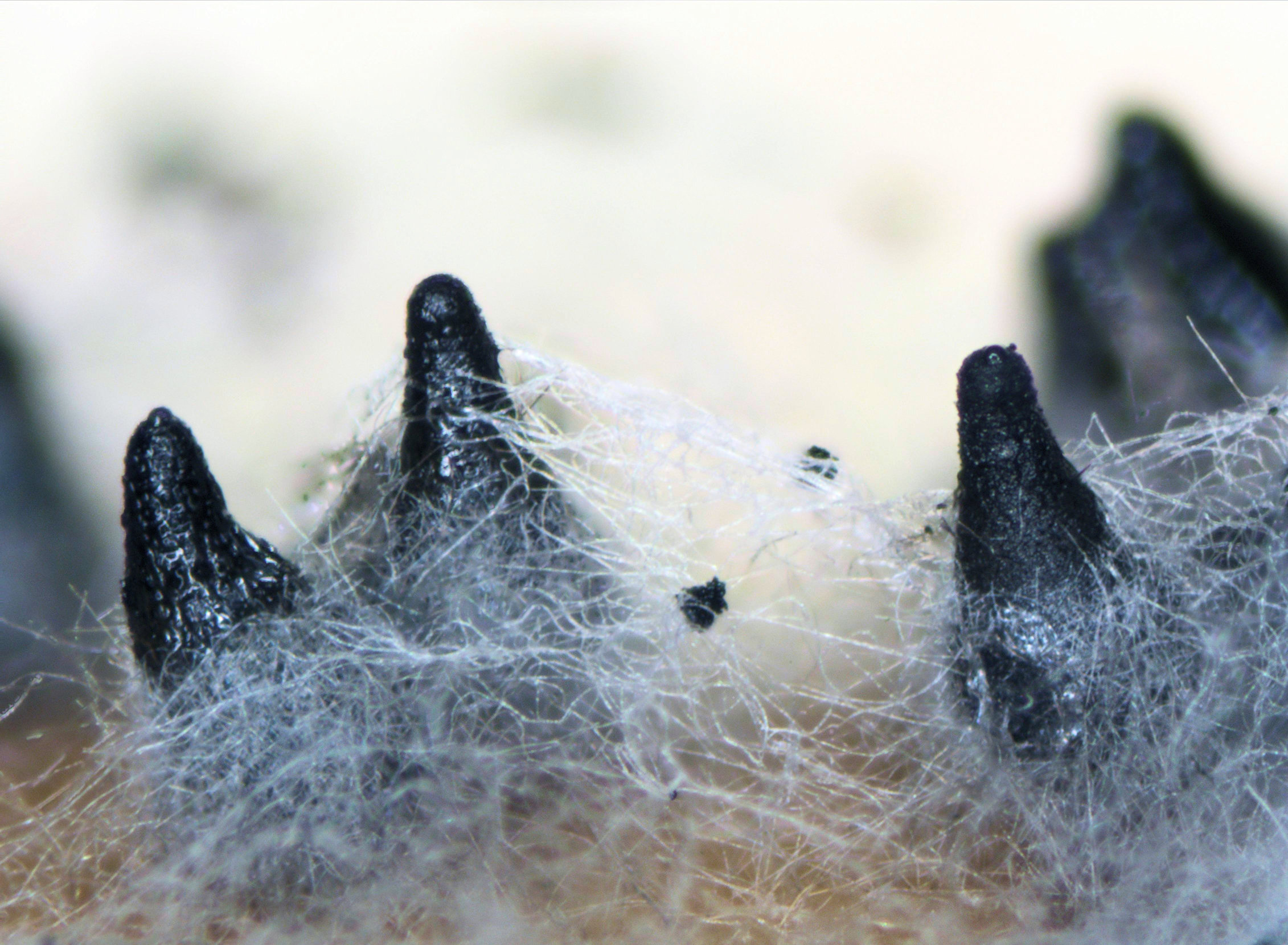
Podospora setosa CBS 892.96 Minimal Draft
This strain, initially erroneously attributed to Podospora brasiliensis, actually belongs to Podospora setosa based on ITS sequences and on the number of ascospores per ascus (128 spores per ascus for P. setosa versus 64 spores per ascus for P. brasiliensis). Podospora setosa is a homothallic, coprophilous (1,2), telluric (2) and endophytic (3) fungus. It is a close relative of the model fungus Podospora anserina and belongs to the Podosporaceae family, within the Sordariales order (2). Podospora setosa is globally distributed and can be isolated from dung from a wide variety of animals (1,3,4,5,6,7,8). Strain CBS 892.96 was isolated from a Pandanus sp. leaf of a primary montane forest in the Owen Stanley Range, Papua New Guinea.
Genome Reference(s)
Hensen N, Bonometti L, Westerberg I, Brännström IO, Guillou S, Cros-Aarteil S, Calhoun S, Haridas S, Kuo A, Mondo S, Pangilinan J, Riley R, LaButti K, Andreopoulos B, Lipzen A, Chen C, Yan M, Daum C, Ng V, Clum A, Steindorff A, Ohm RA, Martin F, Silar P, Natvig DO, Lalanne C, Gautier V, Ament-Velásquez SL, Kruys Å, Hutchinson MI, Powell AJ, Barry K, Miller AN, Grigoriev IV, Debuchy R, Gladieux P, Hiltunen Thorén M, Johannesson H
Genome-scale phylogeny and comparative genomics of the fungal order Sordariales.
Mol Phylogenet Evol. 2023 Dec;189():107938. doi: 10.1016/j.ympev.2023.107938
References:
(1) Mirza, J. H., & Cain, R. F. (1969). Revision of the
genus Podospora. Canadian Journal of Botany, 47(12),
1999-2048.
(2) Philippe Silar. Podospora anserina. 2020.
https://hal.archives-ouvertes.fr/hal-02475488
(3) Jiang, W., Yang, G., Zhang, C., & Fu, C. (2011). Species
composition and molecular analysis of symbiotic fungi in roots of
Changnienia amoena (Orchidaceae). African Journal of
Microbiology Research, 5(3), 222-228.
(4) Caretta, G., Piontelli, E., Savino, E., & Bulgheroni, A.
(1998). Some coprophilous fungi from Kenya. Mycopathologia, 142(3),
125-134.
(5) Furuya, K., & Udagawa, S. I. (1972). Coprophilous
pyrenomycetes from Japan I. The Journal of General and Applied
Microbiology, 18(6), 433-454.
(6) Piasai, O., & Manoch, L. (2009). Coprophilous ascomycetes
from Phu Luang wildlife sanctuary and Khao Yai national park in
Thailand. Agriculture and Natural Resources, 43(5), 34-40.
(7) Mustafa, K. M., & Abdullah, S. K. (2010). The genera
Podospora and Schizothecium from Kurdistan region
of Iraq. J. Duhok Univ. 13(1), 346-367.
(8) Doveri, Francesco. (2008). A bibliography of
Podospora and Schizothecium, a key to the
species, and a description of Podospora dasypogon newly
recorded from Italy. Pagine di Micologia, 29, 61-159.
